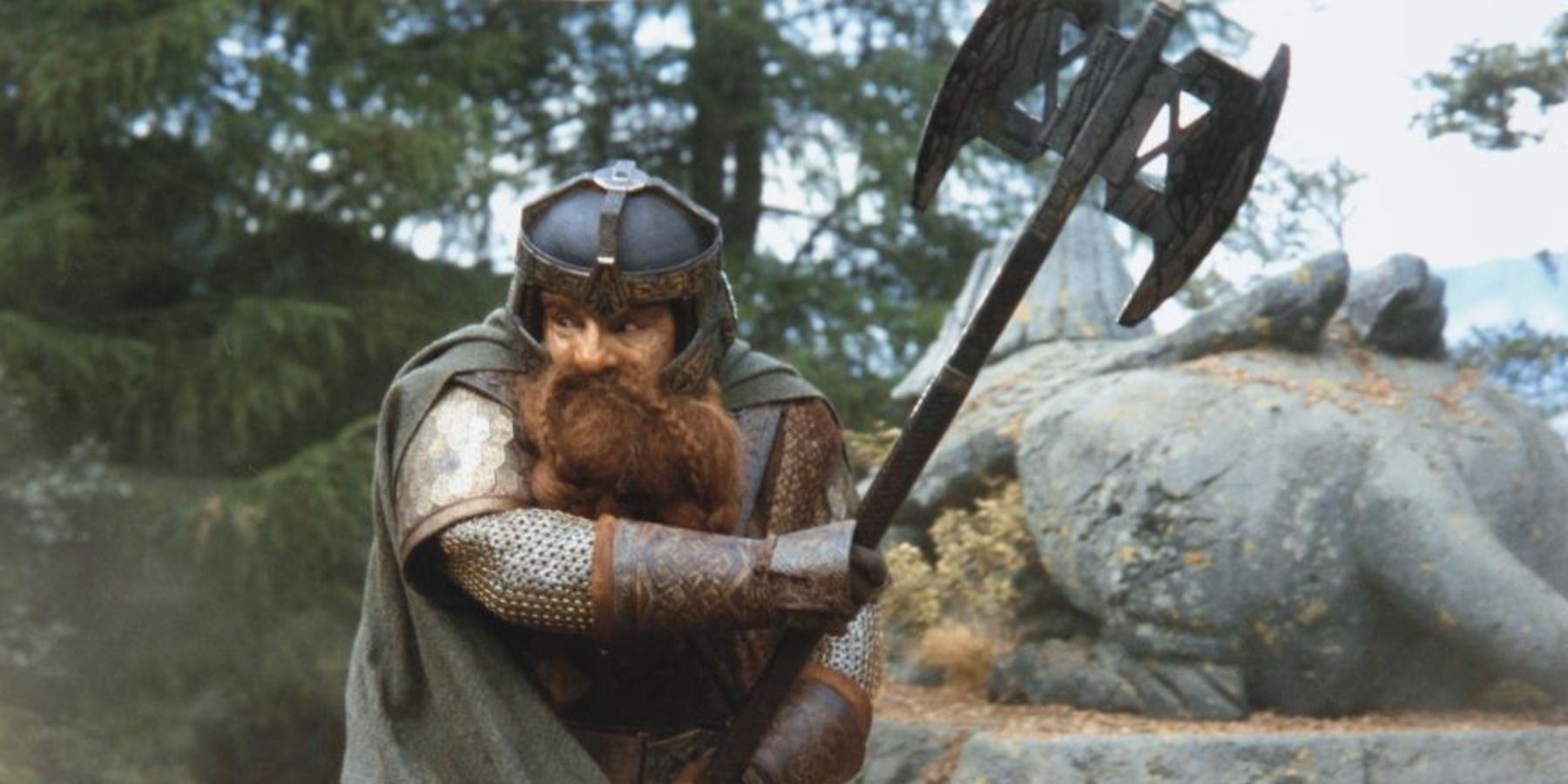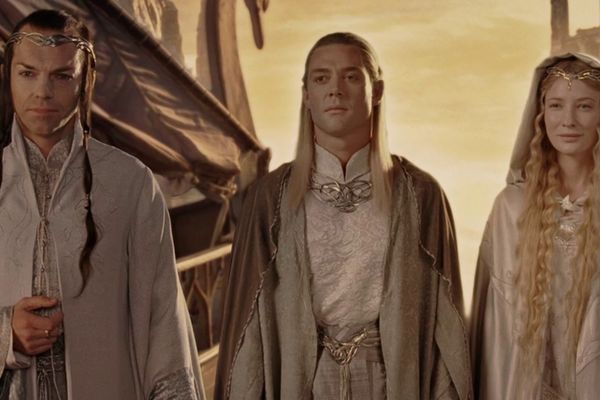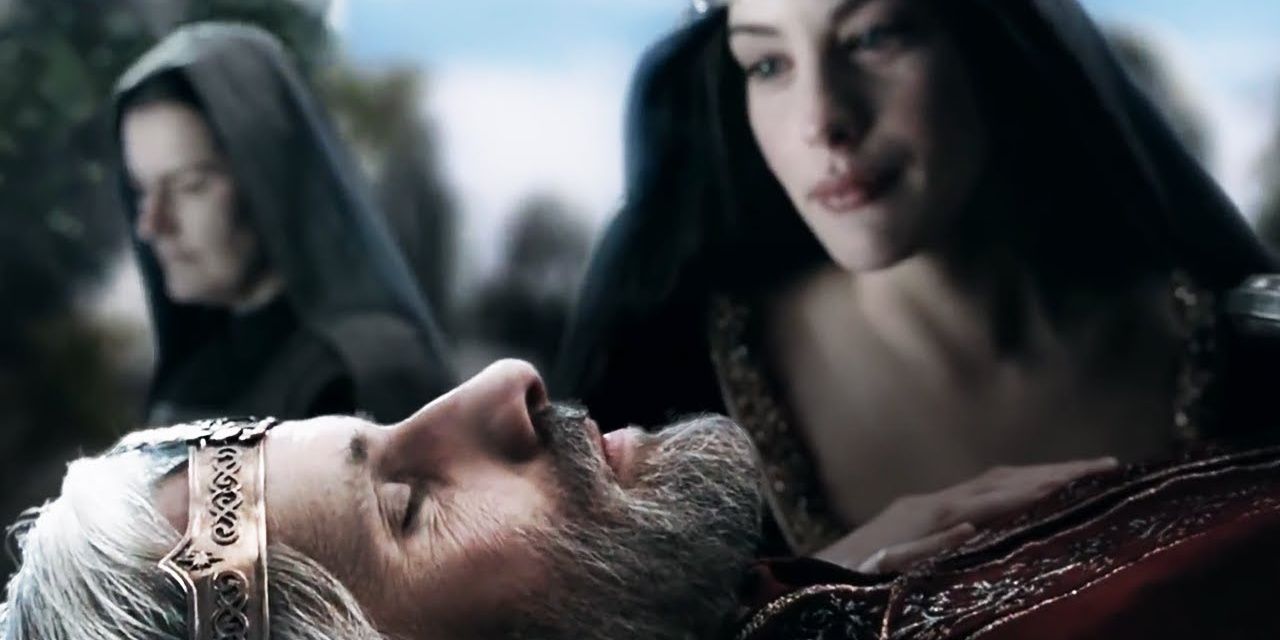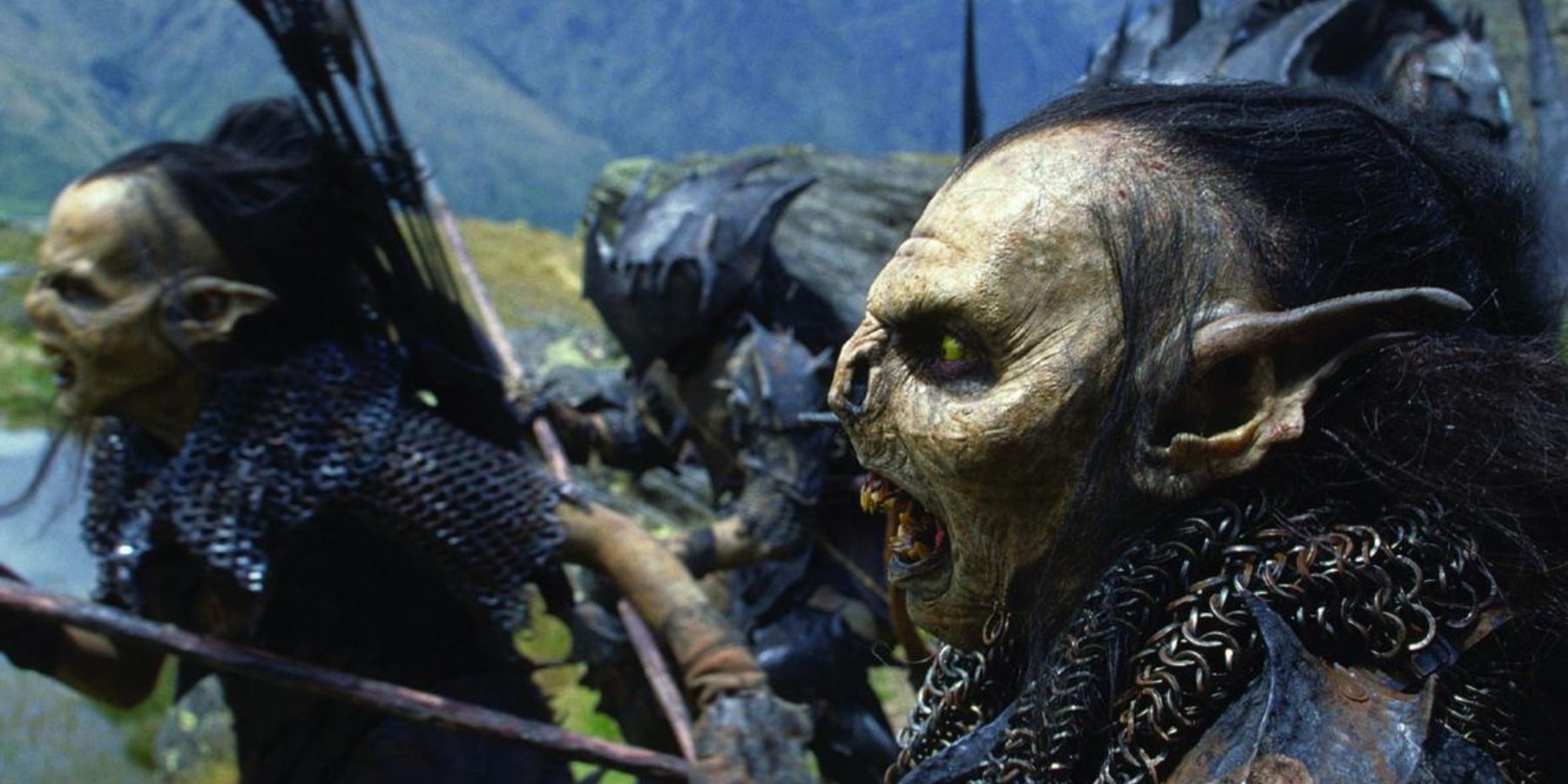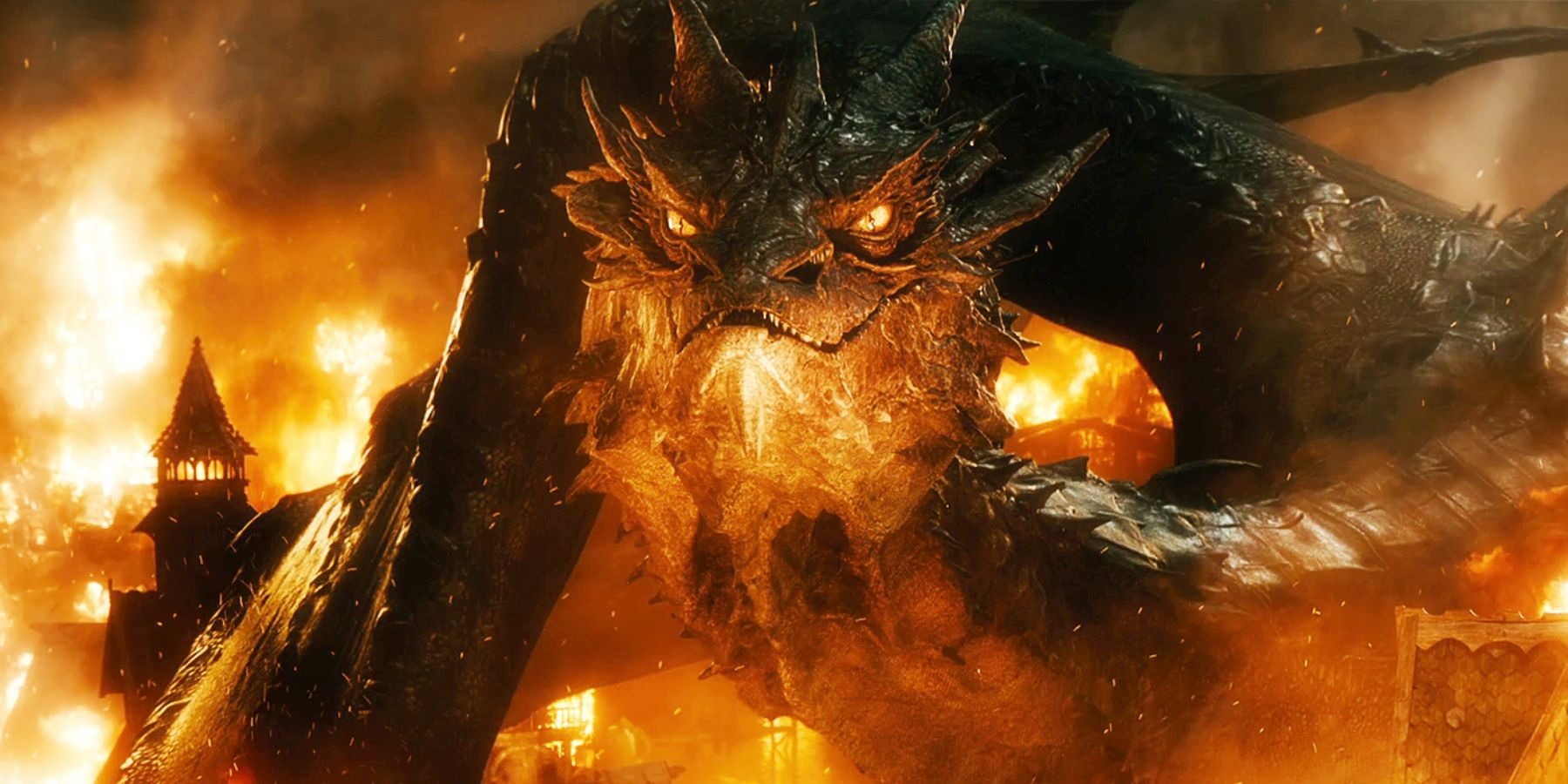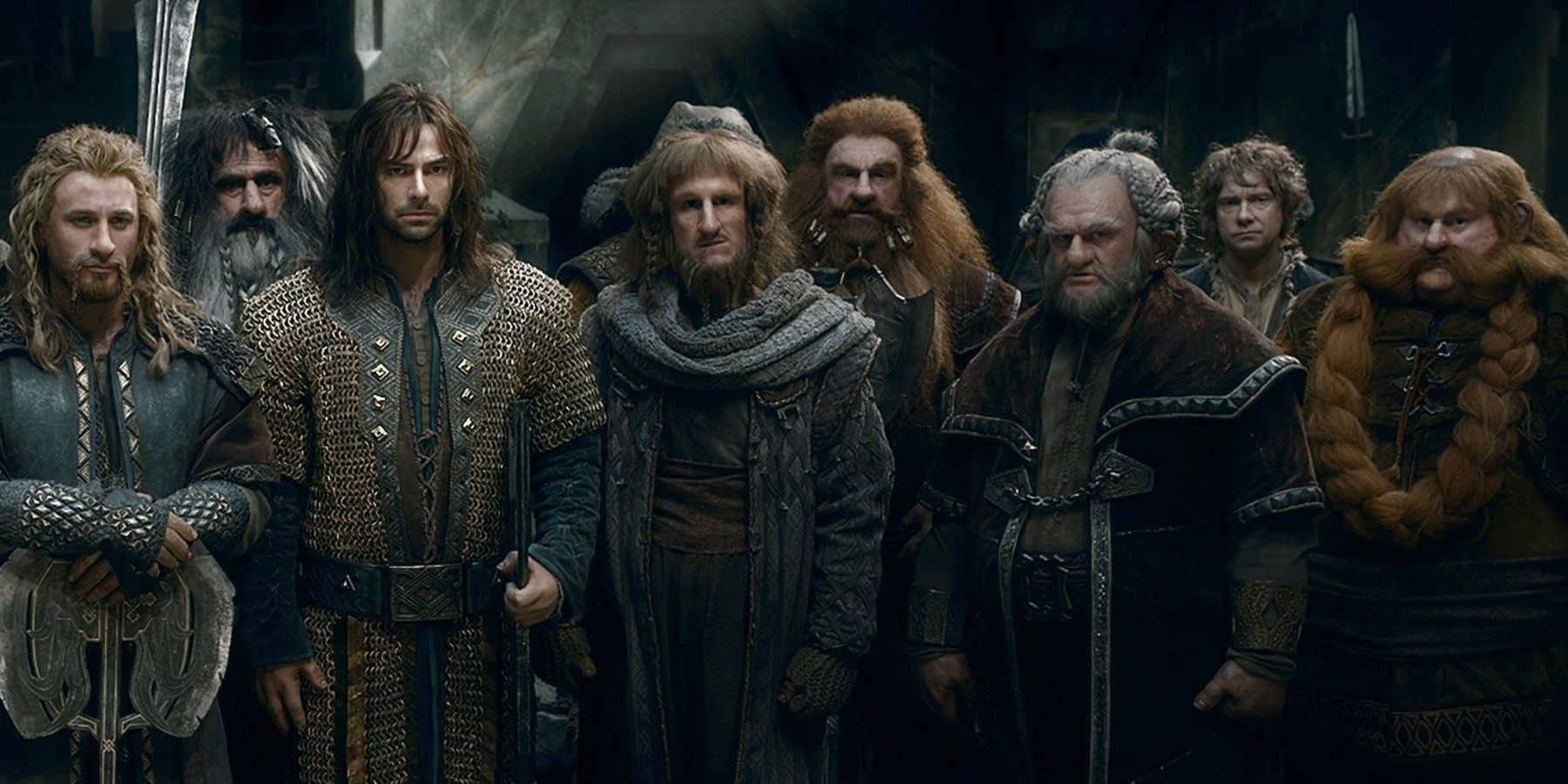
The Untold Fate of the Dwarves After Sauron's Downfall: Revealed!

Unsung heroes of Middle-earth, the Dwarves valiantly defended the North during the War of the One Ring Discover their untold story and the fate that awaited these resilient warriors after the defeat of Sauron
The Dwarven race originated from the creation of the initial seven Fathers of the Dwarves. Each of these Fathers became kings of their respective lines after their awakening. These lines included the Longbeards, Firebeards, Broadbeams, Ironfists, Stiffbeards, Blacklocks, and Stonefoots. The Dwarves played a significant role in The Hobbit, particularly with Thorin II Oakenshield and his group undertaking the Quest of Erebor. However, following the final Battle of Five Armies, their absence during the primary conflict in The Lord of the Rings raised doubts about their allegiance to Middle-earth in the battle against the Dark Lord Sauron.
Contrary to popular belief, the Dwarves did not provide reinforcements, with the exception of Gimli, as they were engaged in their own struggle. In J.R.R. Tolkien's words, they were not inherently evil and only a few willingly served the Enemy, regardless of the stories told by Men.
Where Were the Dwarves During the War of the One Ring?
In contrast to the other Dwarves, Gimli, a member of the House of Durin, played a significant role in defeating the opposing forces during the war. When a representative from Mordor visited Erebor to propose a reward in exchange for information about Bilbo Baggins (whom Sauron believed possessed the One Ring), the Dwarves declined to form an alliance. Dáin II Ironfoot, the King under the Mountain, tasked Gimli and his father Glóin (who was a member of Thorin and Company) with warning Bilbo and seeking counsel from Elrond, the Lord of Rivendell.
After the Council of Elrond assigned Frodo Baggins with the mission to destroy the Ring, Gimli willingly volunteered to join the Fellowship of the Ring on their journey to Mordor (partly motivated by his distrust of the Elf Legolas, who was also a member of the Fellowship). However, Gimli eventually formed a friendship with Legolas in the course of the war and contributed to the triumph over the army of Isengard at the Battle of the Hornburg. He also accompanied Legolas, Aragorn, and the Grey Company in their mission to recruit the Army of the Dead and seize the ships of the Corsairs, who were en route to aid the enemy in the Battle of the Pelennor Fields. Following their victory, Gimli aligned with the forces of Gondor and its allies as they marched towards the Black Gate of Mordor, where the decisive Battle of the Morannon occurred.
During the war, most of the Dwarves were either not present or occupied with defending against Sauron's forces in other areas. The Stonefoots, Blacklocks, Ironfists, and Stiffbeards clans received little mention during this time. However, in The Fellowship of the Ring, it is mentioned that Frodo encountered dwarves from distant lands who were concerned about and whispered of the Enemy and Mordor. When the war began to affect them, some dwarves fled to the western regions of Middle-earth, while others remained within their kingdoms until they perished, avoiding involvement. The Firebeards and Broadbeams houses also had no significant impact on the war.
On the other hand, the Longbeards were engaged in battle against Sauron's Easterling armies. Under Dáin II, the Dwarves of the Lonely Mountain, and the Men of Dale led by King Brand, confronted the Easterlings near Dale on March 14, 3019. Over the next three days of intense fighting, both sides suffered heavy casualties, including the deaths of Brand and Dáin II, who was defending Brand's body. After losing their kings, the armies of Dale and the Dwarves were forced to retreat to the Lonely Mountain. The Easterlings laid siege to the Mountain but failed to gain entry. When they received news of Sauron's defeat, their morale plummeted, and they were driven back to Redwater by Bard II and Thorin III Stonehelm, who had now assumed leadership.
What Happened to the Dwarves After Sauron’s Defeat?
Although it remains uncertain whether the outcome of the war would have been altered by the loss of the Battle of Dale, its result did prevent the Easterlings from joining Sauron's already formidable forces in the South. This potential alliance could have potentially shifted the tides of war in their favor. Nonetheless, the battle also had detrimental effects, as it further depleted the dwindling population of Dwarves, ultimately leading to their extinction and the rise of Men in the Fourth Age.
Following the war, Gimli embarked on a journey to Helm's Deep alongside a cohort of Durin's Folk. They formed a settlement within the mesmerizing Glittering Caves, leading Gimli to be hailed as the Lord of the Glittering Caves. Additionally, under Gimli's guidance, the Dwarves played a pivotal role in the restoration efforts in Gondor and Rohan, including the reconstruction of the esteemed Great Gate of Minas Tirith. Remarkably documented in the Red Book of Westmarch, Gimli held the unique distinction of being the sole Dwarf in history granted permission to voyage aboard a ship destined for the Undying Lands.
No information being available, it can be assumed that the Stonefoots, Blacklocks, Ironfists, and Stiffbeards either headed West to join Durin’s Folk or perished in the East over time. The Firebeards and Broadbeams, however, remained in the East near the Blue Mountains, as dwarf mines were still active there during the beginning of the Fourth Age. These clans eventually made their way to the Dwarves' ancestral home of Khazad-dûm.
Thorin III played a crucial role in the reconstruction of Dale and the Lonely Mountain, forming a strong alliance with the new King Elessar. Under his leadership, the Dwarves thrived well into the Fourth Age. Thorin III was succeeded by his son, Durin VII the Last, who led the Dwarves of Erebor back to Khazad-dûm to restore its former greatness. The Dwarves dwelled there until the "world grew old and the days of Durin's race ended."
